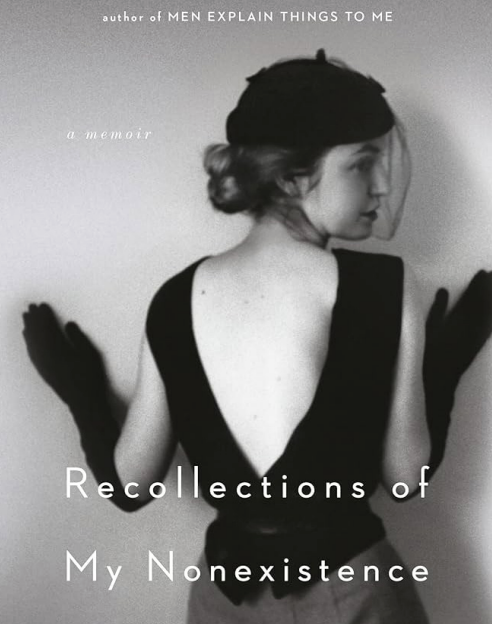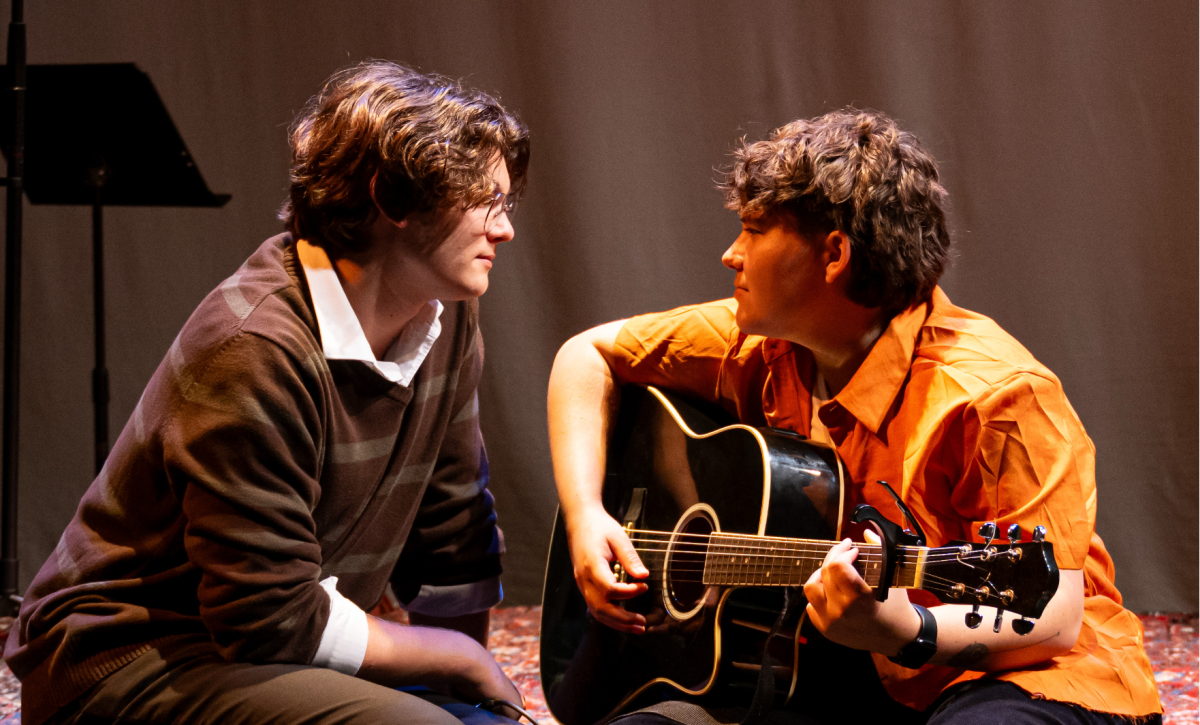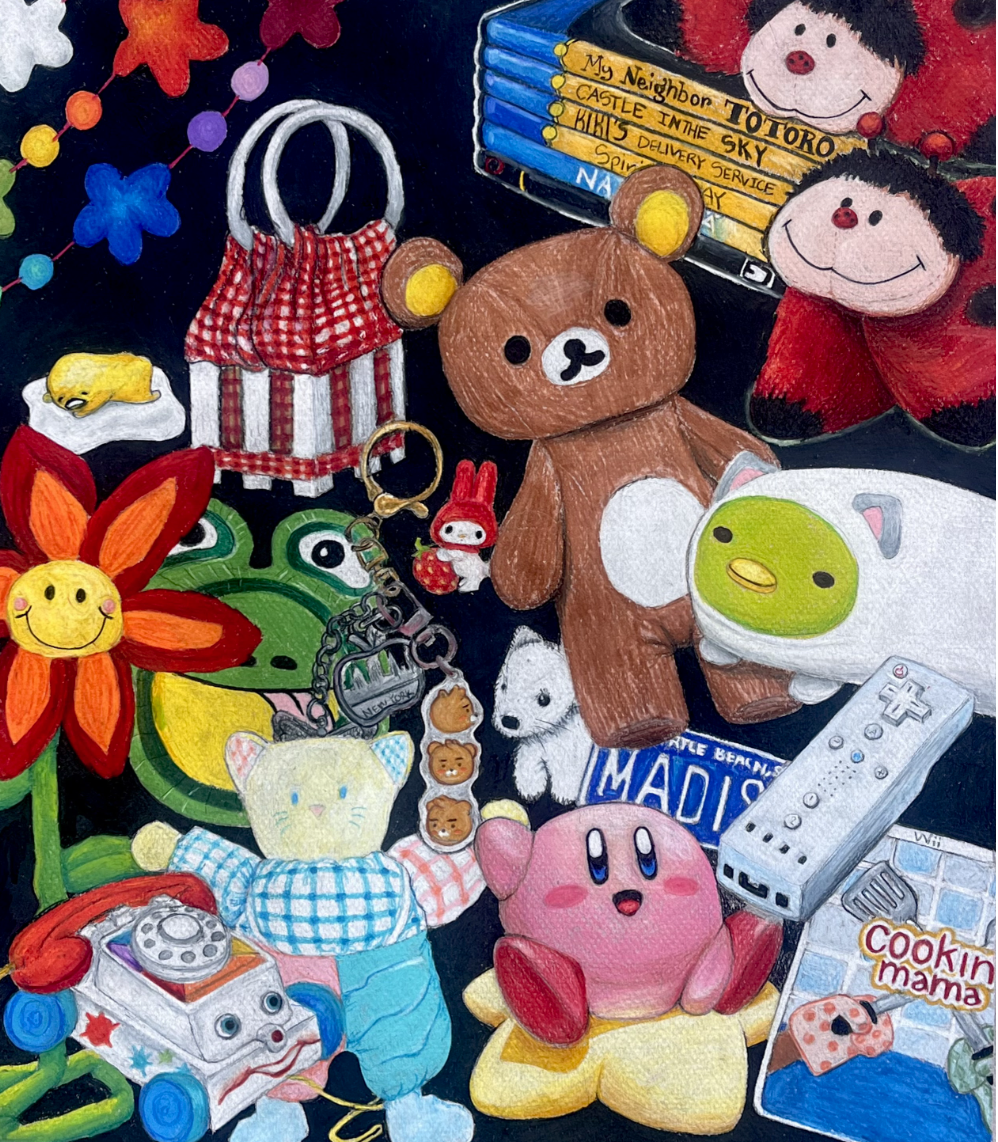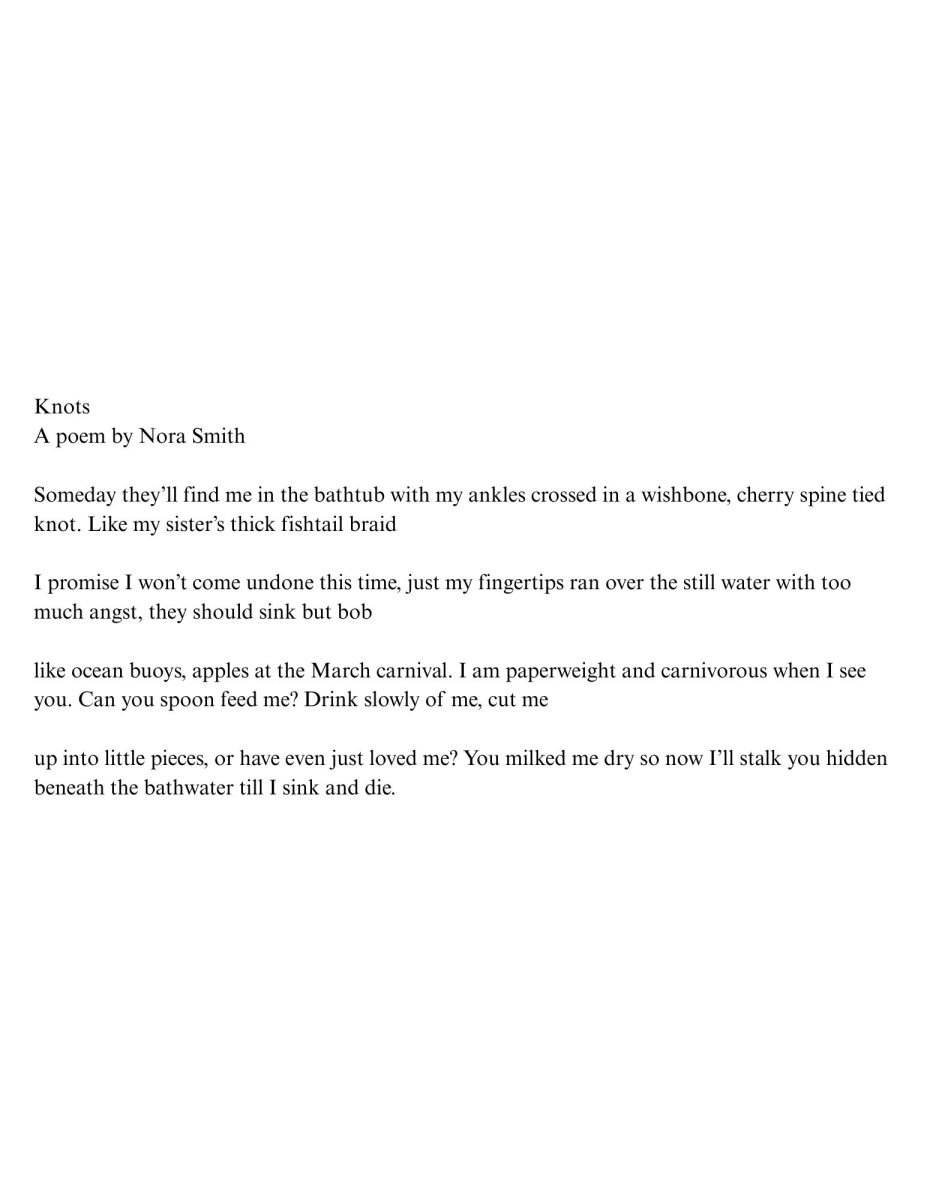The “Mona Lisa” was vandalized when two environmental protesters entered the Louvre Museum in France and threw soup at the priceless painting.
The climate activists were from an environmental group named “Riposte Alimentaire,” translated to “Food Response” in English. As their name implies, their goal was to protest against the problem of food insecurity in France on Jan. 28, according to The Washington Post.
Many people have criticized their actions, such as the Department Chair of Visual Arts at Coastal Carolina University Stephanie Miller.
“I think the most effective way where art is at the center of a protest is when art is used for the protest,” Miller said. “In this case, the cause is getting muddied by the act of vandalism.”
Miller teaches a class on art crime, and according to her, attacks on famous artworks are surprisingly frequent and the causes are often forgotten. In contrast to the destructive acts against art, she gave an example of art being used for protest.
“At the outset of the AIDS epidemic and they had the quilt,” Miller said. “It brought so much attention to a cause that was being neglected by our government, and it was overwhelming. It still is overwhelming.”
According to Jeremy Monday, senior director of campus environment, the cause itself is still worth fighting for, as the inability to end hunger is one of the great atrocities of our time.
Monday and Sustain Coastal’s “Weigh the Waste” event promotes awareness of food insecurity on campus in an unusual way by visiting Hicks Dining Hall and weighing people’s leftover food in front of them.
“Some may say that might not be the most appropriate way to point out food waste,” Monday said. “But we want to remember that we may even have those amongst us who do suffer from food insecurity.”
For some who viewed the video of the protesters, however, it did come off as excessive yet intriguing, which was the case for freshman studio art major Catherine Moseley.
“It was pretty bizarre just the fact that they were allowed to get so close to the painting to be able to throw soup on it,” Moseley said. “And just the overall statement that they were making I kind of thought it was kind of extreme to damage artwork like that.”
Junior anthropology and geography major Miles Kelley didn’t connect to the protesters’ message.
“Sometimes people live paycheck to paycheck, so they’re either paying for housing or they pay to eat food,” Kelley said. “So the cause is worth it, they just naively went about it the wrong way.”


















